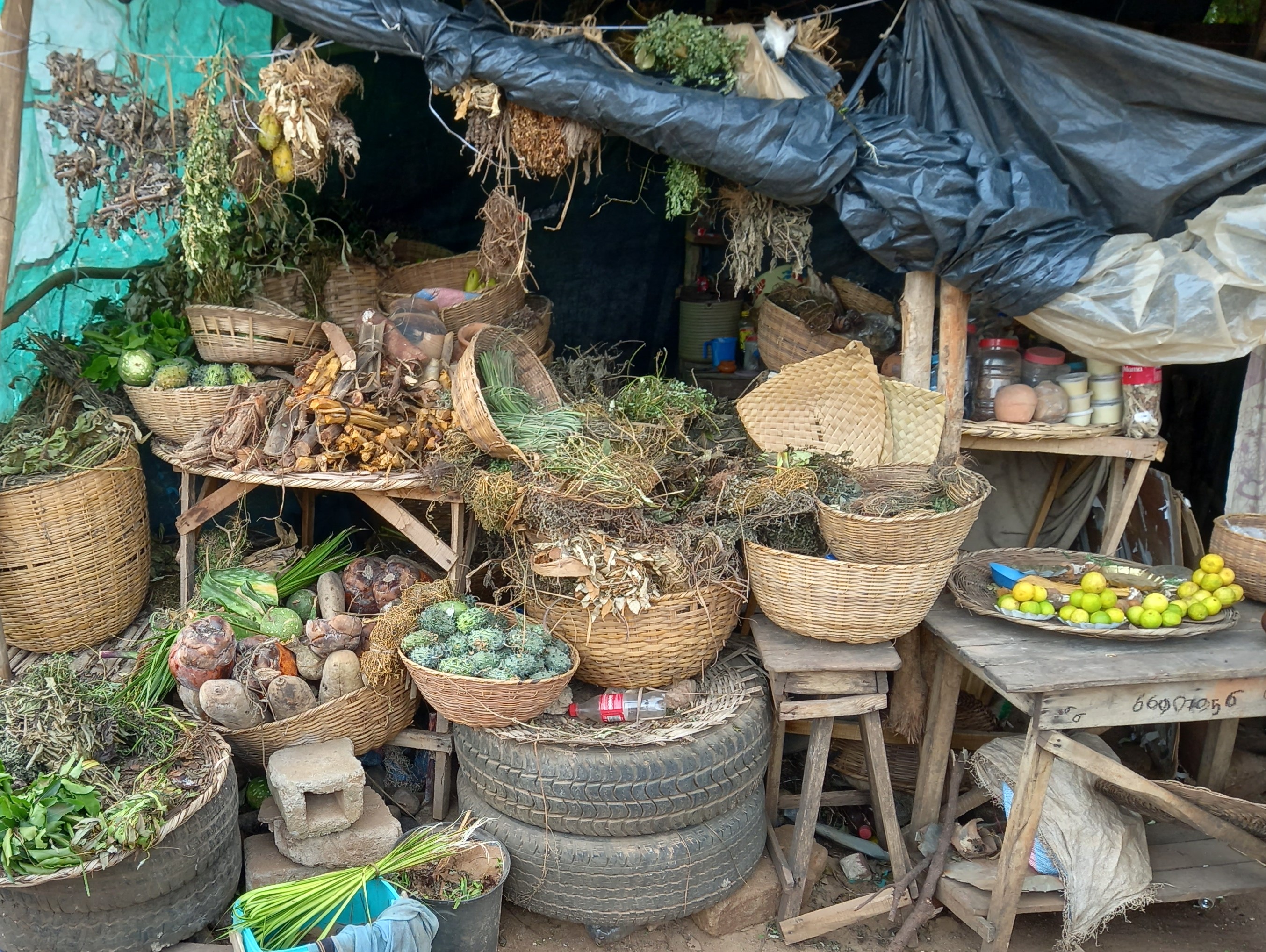La médecine ethnovétérinaire à la croisée de la recherche scientifique : synthèse des connaissances et perspectives
DOI :
https://doi.org/10.19182/remvt.36762Mots-clés
savoirs autochtones, éleveur pastoral, santé animale, phytothérapie, médecine vétérinaireRésumé
Avec l’avènement de la médecine vétérinaire moderne, les pratiques traditionnelles vétérinaires sont reléguées au second plan dans la gestion zoosanitaire des animaux d’élevage. Toutefois, la médecine vétérinaire moderne n’a pas pu faire face à tous les problèmes sanitaires des exploitations d’élevage, surtout dans les milieux ruraux où l’accès aux médicaments et services vétérinaires pose un problème. A cela s’ajoute le faible pouvoir d’achat des éleveurs. Ces derniers sont obligés de recourir aux pratiques et connaissances traditionnelles pour traiter leurs animaux. La médecine ethnovétérinaire a joué un rôle primordial dans la gestion des exploitations d’élevage depuis la domestication jusqu’à nos jours. Les auteurs retracent l’évolution des pratiques ethnovétérinaires puis examinent la contribution de la recherche scientifique à la connaissance et l’amélioration de la médecine traditionnelle vétérinaire. Les raisons qui expliquent aujourd’hui l’engouement autour des pratiques traditionnelles vétérinaires sont discutées. Des mesures sont proposées sous forme de perspectives pour pérenniser la médecine ethnovétérinaire. Il s’agit principalement d’oeuvrer pour la disponibilité des plantes médicinales et autres ressources naturelles utilisées dans les pratiques ethnovétérinaires, mais aussi de prouver scientifiquement l’efficacité de ces plantes et de transmettre aux éleveurs les informations les plus pertinentes. L’intégration des pratiques et des connaissances traditionnelles dans la médecine vétérinaire moderne apparait comme une alternative prometteuse pour une meilleure gestion de la santé des animaux d’élevage. Les conditions de cette intégration sont évoquées. La recherche scientifique a encore un grand rôle à jouer dans la vérification de l’efficacité des traitements ethnovétérinaires.
Téléchargements

Téléchargements
-
Résumé1538
-
pdf1646
Publié
Comment citer
Licence
© E.Tchetan et al., publié par CIRAD 2021

Ce travail est disponible sous la licence Creative Commons Attribution 4.0 International .





